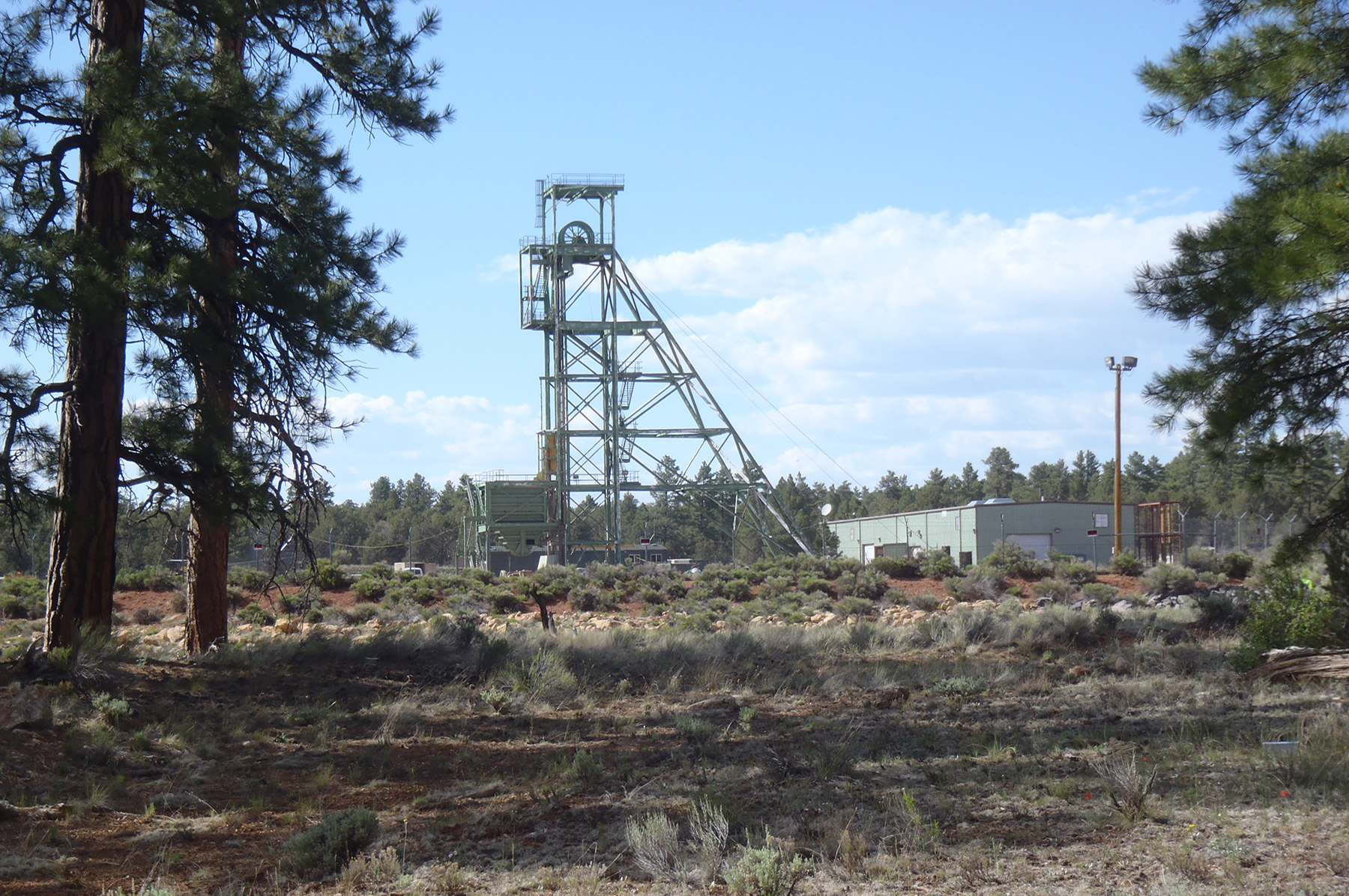The USGS is conducting research at uranium-bearing breccia pipe deposits to address data gaps related to the potential effects of uranium exploration and mining activities on the Grand Canyon watershed, its people, wildlife, and water resources. Study locations are primarily on Federal lands with a few locations on Tribal lands, and include historic and active mines.
Habitats in the Grand Canyon watershed support diverse plants and animals that include threatened and endangered species as well as those that are culturally significant. Habitats that are close to the many springs throughout the region have a species diversity that is 100 to 500 times greater than that of the surrounding area.
Research is being conducted to evaluate:
Prioritizing potential routes of exposure, including wind-borne dusts, surface- and groundwater, soil, sediment, and food-chain pathways, as well as describing and understanding relations among routes and receptors, will improve our ability to describe risk at landscape scales and at various levels within the ecosystems of the Southwest. Understanding the risk of exposure from uranium exploration and mining is crucial for managing the resources of the Grand Canyon watershed, such as the Colorado River—a source of recreational and drinking water for upwards of 30 million people and a critical source of agricultural and industrial waters in the southwestern United States.
This research is supported by the Toxic Substances Hydrology and Contaminant Biology Programs of the Ecosystems Mission Area at the U.S. Geological Survey (USGS). These programs at the USGS work to safeguard the Nation's health, economy, and resources using leading science to understand and minimize exposures to toxicological and infectious disease agents in the environment.
USGS data release
USGS data release
View All Publications

USGS Assesses Baseline Conditions Prior to Uranium Mining near Grand Canyon National Park
Scientists have collected and analyzed 84 environmental samples to establish baseline data prior to any active uranium mining activities at the Pinyon Plain Mine (formerly Canyon Mine), located south of Grand Canyon National Park.

Uranium in Spring Water North of Grand Canyon Likely Not Related to Nearby Mining Activity
Uranium levels in Pigeon Spring, just north of the Grand Canyon, are likely due to a natural source of uranium and not related to the nearby former Pigeon Mine.

Living Organisms Take Up Uranium from their Environment
USGS scientists found that living organisms can take up uranium into their tissues under a broad variety of water quality conditions. This knowledge may help regulators better safeguard the environment for conservation and resource extraction purposes.
Printable PDFs showing conceptual models of uranium mine sites and groundwater flow within the Grand Canyon.
Conceptual Diagram of a Mine Site
Detailed diagram of the containment pond.
Conceptual Model of Groundwater Flow